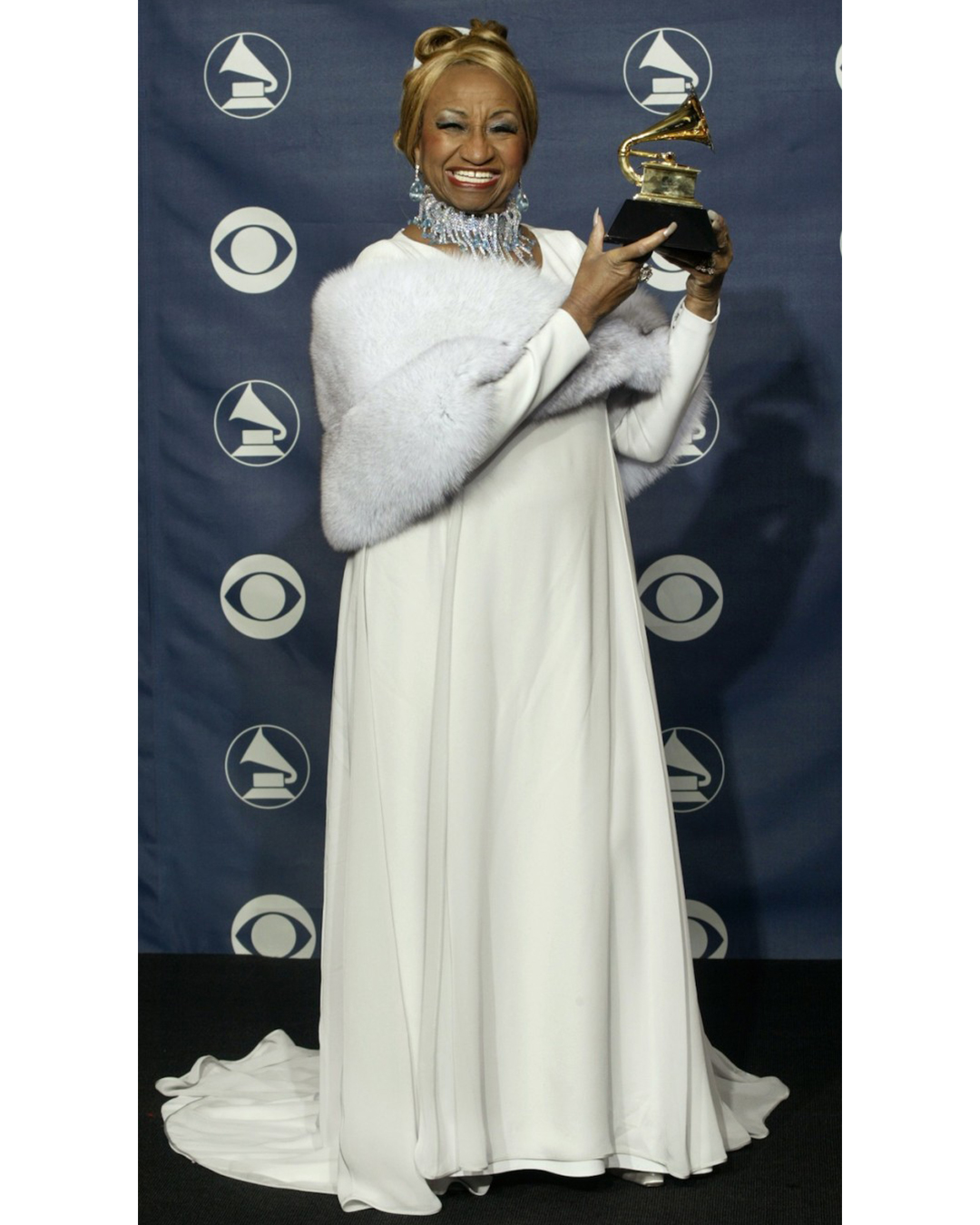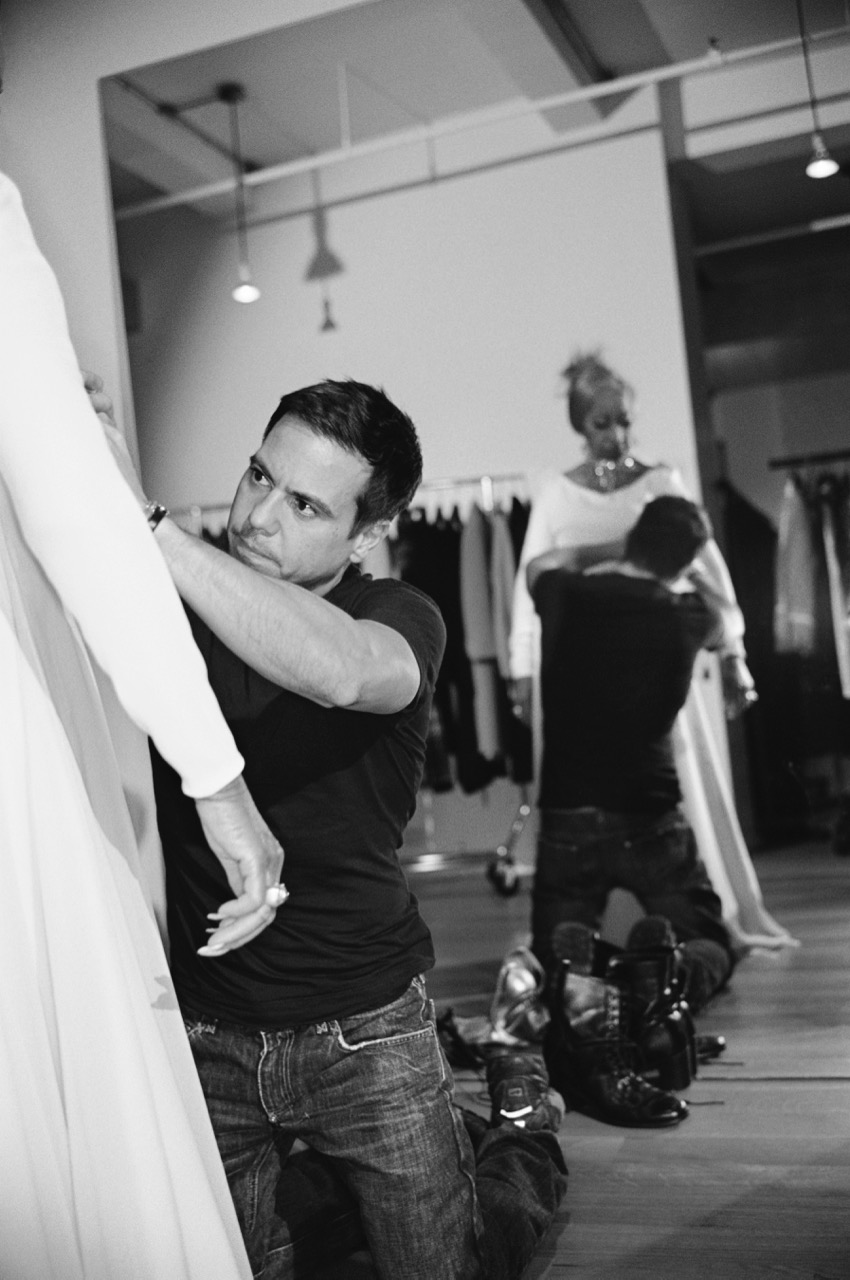FASHION MOMENTS
Queen of Salsa Celia Cruz Stuns in Narciso Rodriguez
May 20, 2020
Aldo Araujo



Photographed by Alexis Rodríguez-Duarte, 2003
May 20, 2020
Aldo Araujo



Photographed by Alexis Rodríguez-Duarte, 2003